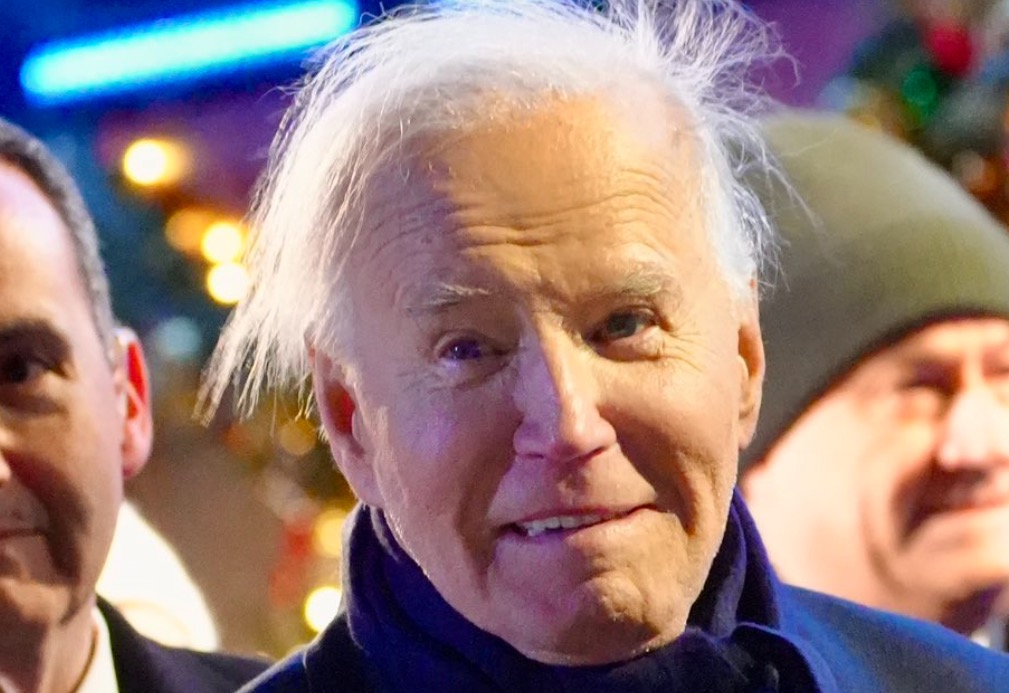The National Oceanic and Atmospheric Administration (NOAA), a branch of the U.S. Department of Commerce, is primarily dedicated to providing weather forecasts, storm warnings, climate monitoring, fisheries management, and supporting marine commerce. This clear and factual mission statement, which emphasizes scientific approach over subjective beliefs, reflects the organization’s commitment to empirical data and established methodologies. Yet, under the Biden administration, there are efforts to integrate “Indigenous Knowledge” into NOAA’s operations. Critics, like Joseph Simonson from the Washington Free Beacon, argue that this move could potentially compromise the scientific rigor upon which the organization is founded, as it may rely on belief systems that are not scientifically validated.
NOAA’s collaboration with the American Indian Higher Education Consortium (AIHEC) aims to enhance information-sharing regarding climate resilience and adaptation strategies, utilizing Indigenous Knowledge alongside western scientific practices. NOAA Administrator Rick Spinrad affirmed the importance of Indigenous Knowledge, suggesting that it has allowed Indigenous Nations to thrive over millennia. However, the language used in their announcements appears vague and more focused on fulfilling social agendas than on concrete scientific advancements. Critics question the effectiveness of these initiatives, suggesting they may serve more as performative gestures designed to appease certain communities rather than contributing to tangible solutions for climate-related challenges faced by the nation.
One of the key concerns raised about integrating Indigenous Knowledge into NOAA’s scientific framework is the ambiguity surrounding what this entails. The announcement mentions the need to identify priorities in both Western science and Indigenous Knowledge, implying a form of parity that some scientists view as problematic. Critics argue that Indigenous Knowledge—deemed by some as pseudoscience—lacks the rigorous validation typical of scientific inquiry. President Biden’s directive to diverse federal agencies to systematically incorporate Indigenous Knowledge has led to further anxiety among those who prioritize empirical data and the scientific method in decision-making processes. Such an approach could undermine established methodologies crucial for accurate weather forecasting and environmental monitoring than solely relying on anecdotal or culturally specific beliefs.
Additionally, some of the concepts tied to Indigenous Knowledge, such as rituals or traditional practices like the rain dance, raise questions regarding their scientific validity and application within NOAA’s systems. For instance, while certain southern tribes practice rain dances, this is not universally recognized among all Indigenous Nations. This variation in practices and beliefs highlights a challenge in homogenizing culturally diverse knowledge systems under a single label of “Indigenous Knowledge.” Critics argue there is a risk of misunderstanding or misappropriating these cultural elements in ways that might seem to legitimize unscientific practices within a domain that traditionally relies on predictive modeling and empirical observations.
Central to the argument against this interdisciplinary melding of Indigenous Knowledge and Western science is the necessity of maintaining a clear distinction between scientific inquiry and culturally-informed beliefs. Some assert that unless Indigenous Knowledge is backed by scientific validation, it should not be considered on the same level as empirical data and rigorously tested scientific principles. As this partnership unfolds, questions remain regarding how NOAA would implement this collaboration and what standards would guide the validation of any Indigenous Knowledge employed in their methodologies. Doubts persist about whether we could see something as unorthodox as consulting tribal elders for weather predictions or climate science decision-making.
The elevation of Indigenous Knowledge within respected scientific bodies raises broader implications for scientific integrity in a landscape where personal belief and culture increasingly pervade empirical disciplines. Critics suggest that the integration could lead to an erosion of the scientific method that has underpinned advances in environmental science and climate modeling. As NOAA embarks on this partnership with AIHEC while adhering to the Biden administration’s directive, it will need to tread carefully to balance cultural sensitivity with the organization’s fundamental mission of providing accurate and reliable weather forecasts and climate assessments. The ongoing discourse within NOAA about the role and relevance of Indigenous Knowledge in their science-focused mission remains pivotal in shaping their future operational directives.
In summary, NOAA’s mission to provide scientific weather forecasting and climate monitoring faces potential challenges as it seeks to integrate Indigenous Knowledge into its frameworks. While some advocates believe this collaboration could enrich understanding and provide additional perspectives, skeptics raise concerns over the scientific legitimacy and operational efficacy of such an integration. The ambiguous nature of “Indigenous Knowledge” and its variable practices across different tribes further complicate the implementation process. The ongoing discussions surrounding this partnership illustrate the tensions between respecting cultural traditions while upholding scientific integrity, ultimately posing questions about the future of how climate and environmental sciences will be approached within federal organizations. It remains to be seen whether NOAA can effectively blend these two knowledge systems without compromising the core scientific principles that have long guided its work.

